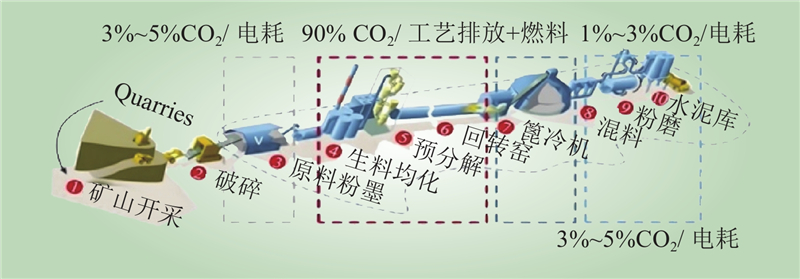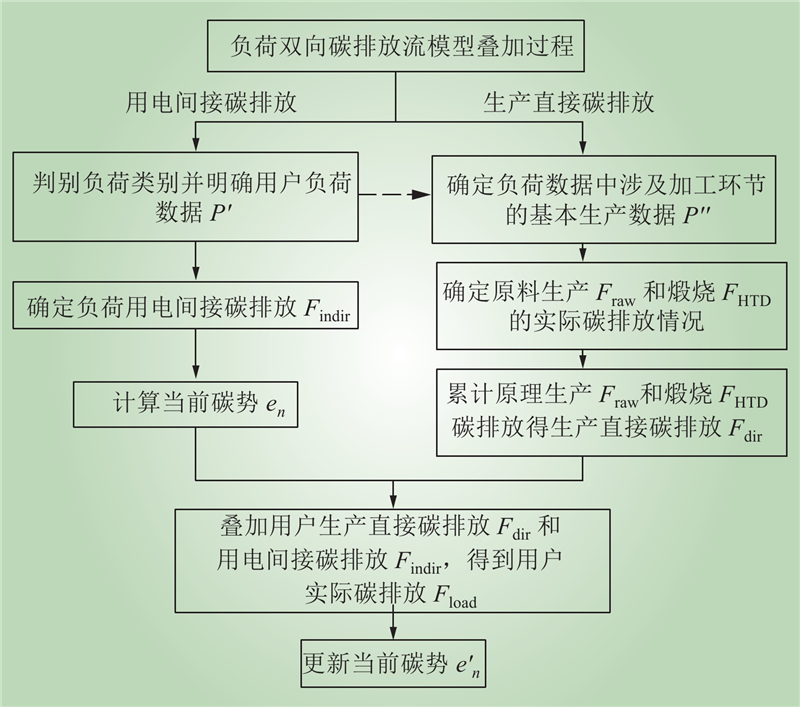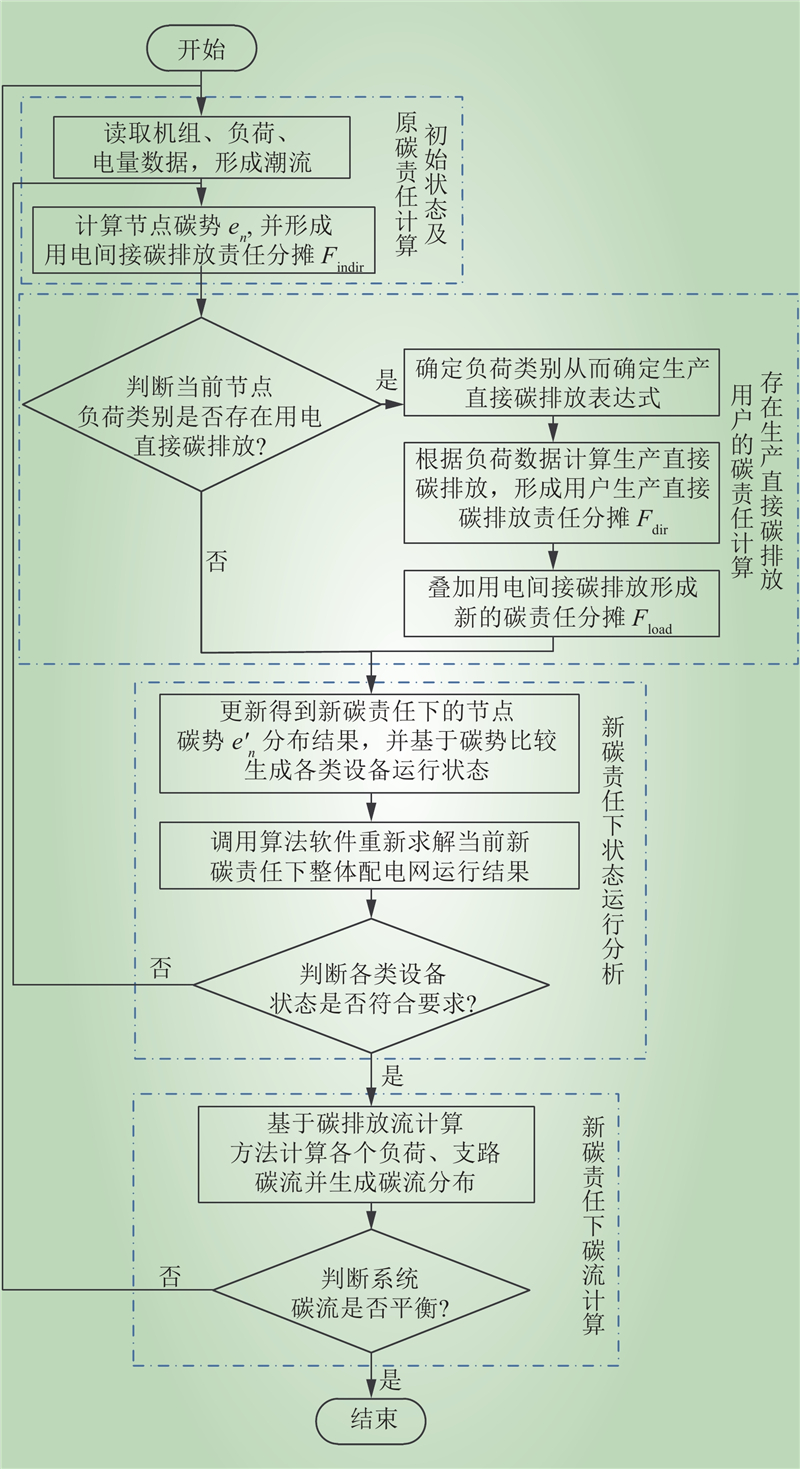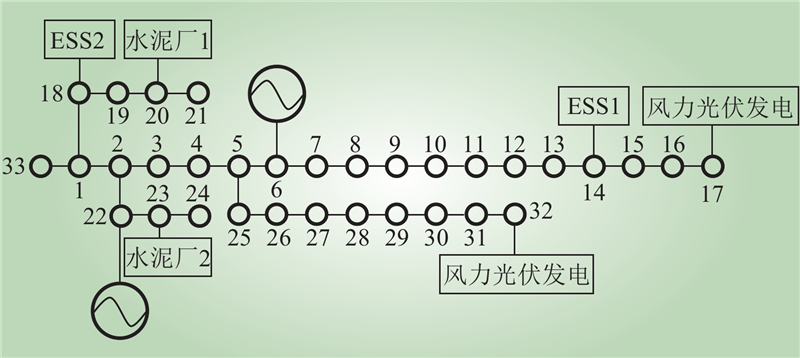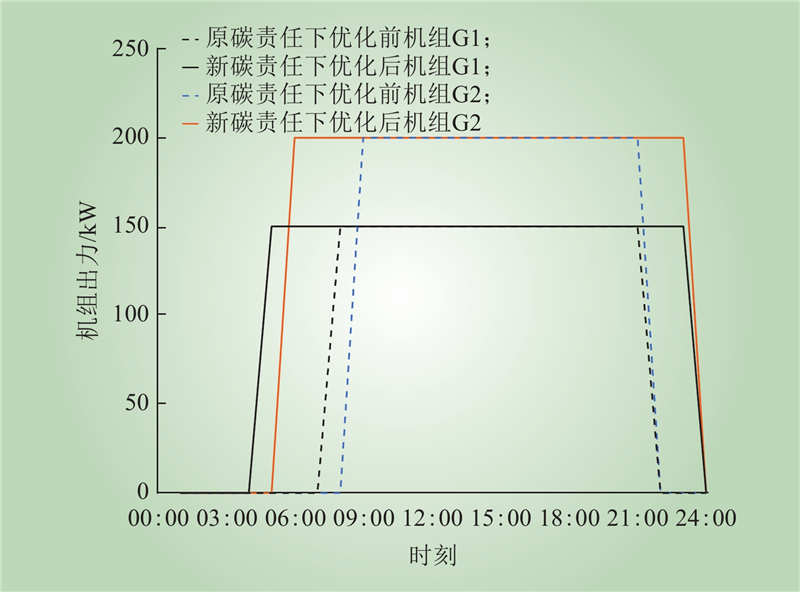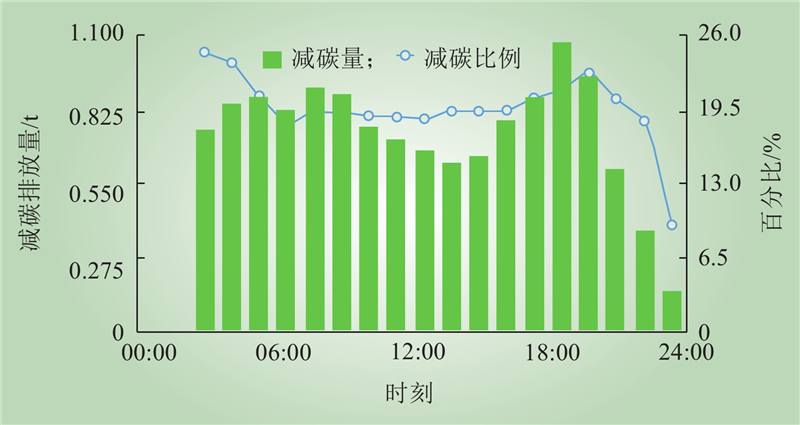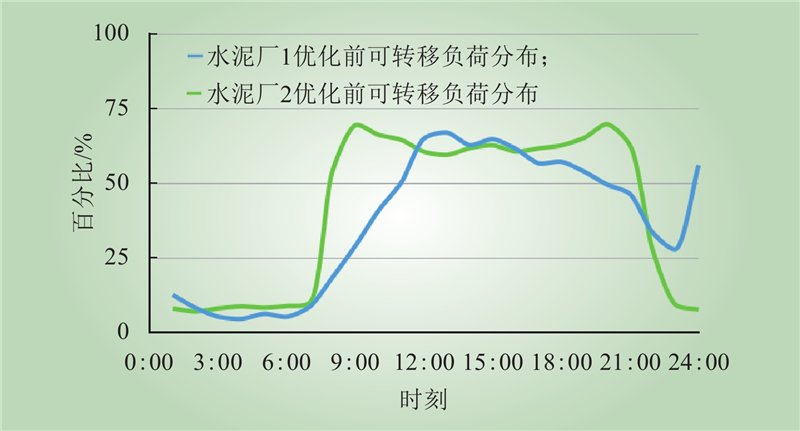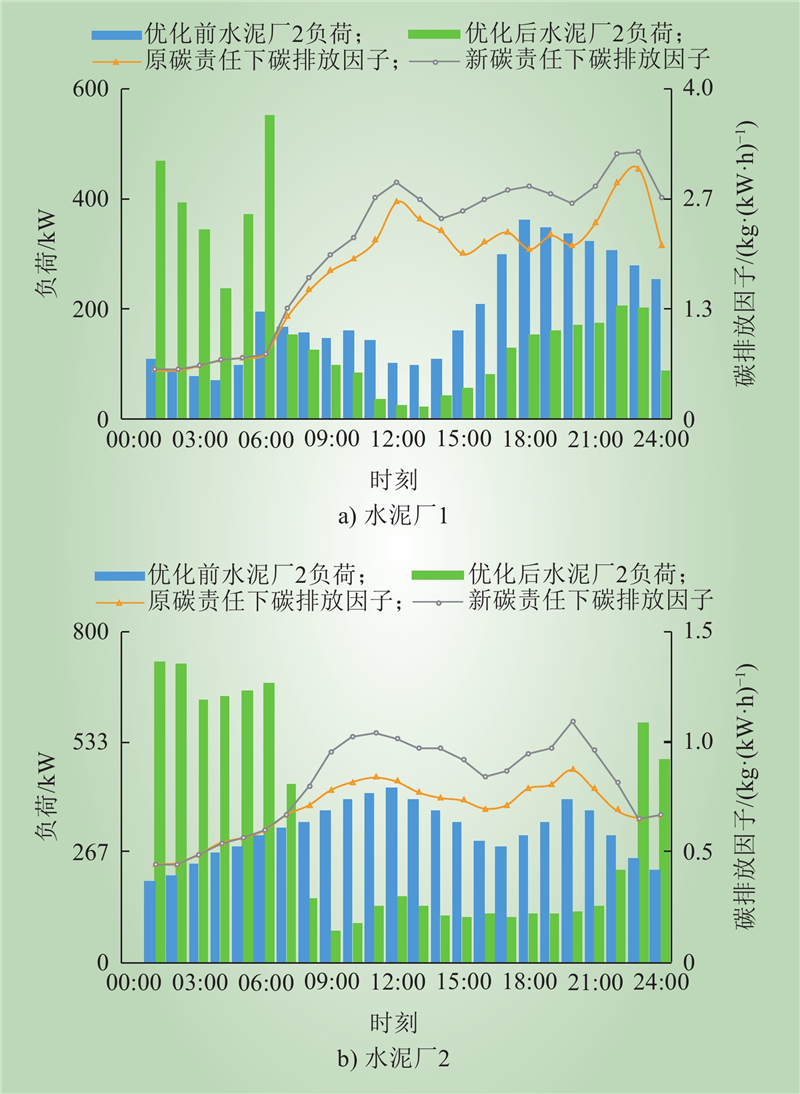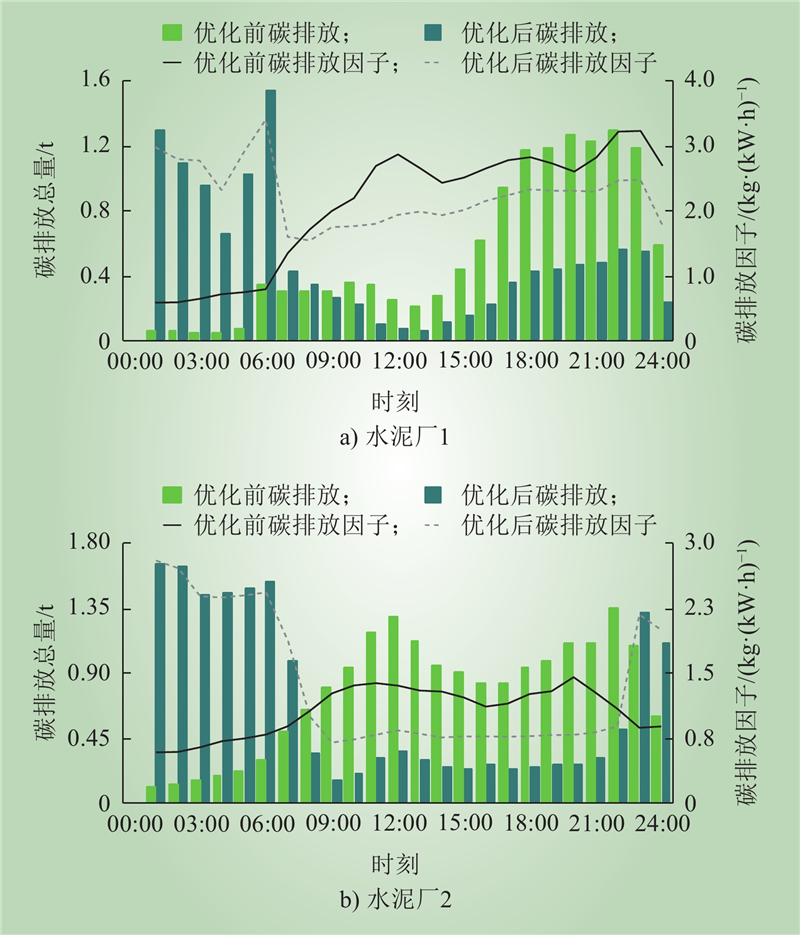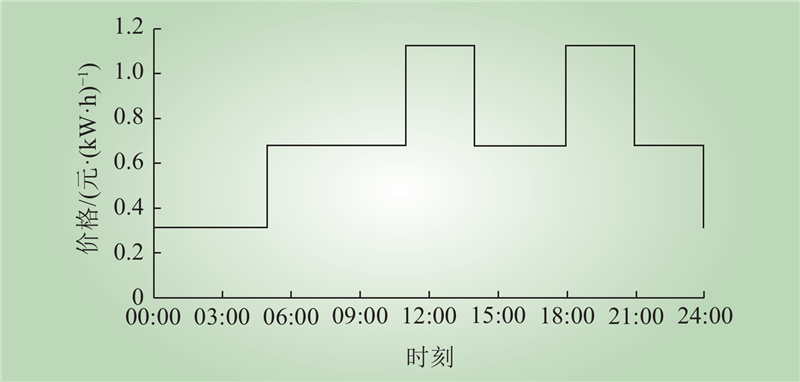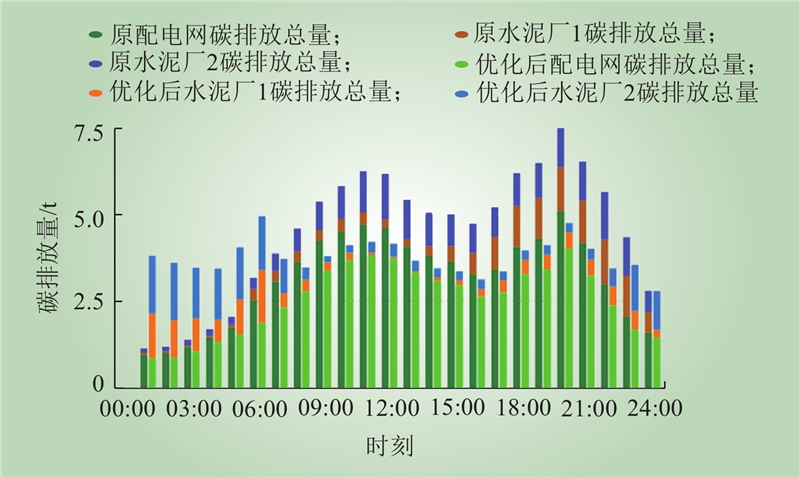| 1 |
陈家兴, 王春玲, 刘春明. 基于改进碳排放流理论的电力系统动态低碳调度方法[J]. 中国电力, 2023, 56 (3): 162- 172.
|
|
CHEN Jiaxing, WANG Chunling, LIU Chunming. Dynamic low-carbon dispatching method of power system based on improved carbon emission flow theory[J]. Electric Power, 2023, 56 (3): 162- 172.
|
| 2 |
张硕, 肖阳明, 李英姿, 等. 新型电力系统电-碳-绿证市场协同运行的区块链关键技术[J]. 电力建设, 2023, 44 (11): 1- 12.
|
|
ZHANG Shuo, XIAO Yangming, LI Yingzi, et al. Collaborative operation of electricity-carbon-green market of new-type power system based on blockchain technology[J]. Electric Power Construction, 2023, 44 (11): 1- 12.
|
| 3 |
吴翠华. 基于LCA的水泥生产企业碳-水足迹及碳减排潜能研究[D]. 北京: 北京交通大学, 2022: 4-5.
|
|
WU Cuihua. Study on carbon-water footprint and carbon emission reduction potential of cement production enterprises based on LCA[D]. Beijing: Beijing Jiaotong University, 2022: 4-5.
|
| 4 |
周天睿, 康重庆, 徐乾耀, 等. 电力系统碳排放流分析理论初探[J]. 电力系统自动化, 2012, 36 (7): 38- 43, 85.
|
|
ZHOU Tianrui, KANG Chongqing, XU Qianyao, et al. Preliminary theoretical investigation on power system carbon emission flow[J]. Automation of Electric Power Systems, 2012, 36 (7): 38- 43, 85.
|
| 5 |
周天睿, 康重庆, 徐乾耀, 等. 电力系统碳排放流的计算方法初探[J]. 电力系统自动化, 2012, 36 (11): 44- 49.
|
|
ZHOU Tianrui, KANG Chongqing, XU Qianyao, et al. Preliminary investigation on a method for carbon emission flow calculation of power system[J]. Automation of Electric Power Systems, 2012, 36 (11): 44- 49.
|
| 6 |
周天睿, 康重庆, 徐乾耀, 等. 碳排放流在电力网络中分布的特性与机理分析[J]. 电力系统自动化, 2012, 36 (15): 39- 44.
|
|
ZHOU Tianrui, KANG Chongqing, XU Qianyao, et al. Analysis on distribution characteristics and mechanisms of carbon emission flow in electric power network[J]. Automation of Electric Power Systems, 2012, 36 (15): 39- 44.
|
| 7 |
康重庆, 程耀华, 孙彦龙, 等. 电力系统碳排放流的递推算法[J]. 电力系统自动化, 2017, 41 (18): 10- 16.
|
|
KANG Chongqing, CHENG Yaohua, SUN Yanlong, et al. Recursive calculation method of carbon emission flow in power systems[J]. Automation of Electric Power Systems, 2017, 41 (18): 10- 16.
|
| 8 |
LI B W, SONG Y H, HU Z C. Carbon flow tracing method for assessment of demand side carbon emissions obligation[J]. IEEE Transactions on Sustainable Energy, 2013, 4 (4): 1100- 1107.
DOI
|
| 9 |
李昊. 广西水泥行业降碳路径研究[D]. 广西: 南宁师范大学, 2024: 31–45.
|
|
LI Hao. Research on the carbon reduction path of Guangxi cement industry[D]. Guangxi: Nanning Normal University, 2024: 31–45.
|
| 10 |
张舒涵, 陈晖, 王彬, 等. 基于水泥企业电-碳关系的碳排放监测[J]. 中国环境科学, 2023, 43 (7): 3787- 3795.
|
|
ZHANG Shuhan, CHEN Hui, WANG Bin, et al. Carbon emission monitoring based on analysis from "electricity-carbon" relationship of cement enterprises[J]. China Environmental Science, 2023, 43 (7): 3787- 3795.
|
| 11 |
陈丽霞, 孙弢, 周云, 等. 电力系统发电侧和负荷侧共同碳责任分摊方法[J]. 电力系统自动化, 2018, 42 (19): 106- 111.
|
|
CHEN Lixia, SUN Tao, ZHOU Yun, et al. Method of carbon obligation allocation between generation side and demand side in power system[J]. Automation of Electric Power Systems, 2018, 42 (19): 106- 111.
|
| 12 |
边晓燕, 吴珊, 赵健, 等. 考虑源荷碳责任分摊的新型电力系统多级灵活性资源规划[J]. 电力自动化设备, 2024, 44 (2): 155- 164.
|
|
BIAN Xiaoyan, WU Shan, ZHAO Jian, et al. Multi-level flexible resource planning of new power system considering source-load carbon responsibility allocation[J]. Electric Power Automation Equipment, 2024, 44 (2): 155- 164.
|
| 13 |
汪超群, 陈懿, 文福拴, 等. 电力系统碳排放流理论改进与完善[J]. 电网技术, 2022, 46 (5): 1683- 1693.
|
|
WANG Chaoqun, CHEN Yi, WEN Fushuan, et al. Improvement and perfection of carbon emission flow theory in power systems[J]. Power System Technology, 2022, 46 (5): 1683- 1693.
|
| 14 |
颜丽, 鲍海. 基于电流分布的电网功率分布因子的计算[J]. 中国电机工程学报, 2011, 31 (1): 80- 85.
|
|
YAN Li, BAO Hai. Algorithm of power distribution factor based on current distribution[J]. Proceedings of the CSEE, 2011, 31 (1): 80- 85.
|
| 15 |
李岩松, 刘启智, 张朕搏, 等. 基于电网功率分布的碳排放流计算方法[J]. 电网技术, 2017, 41 (3): 840- 844.
|
|
LI Yansong, LIU Qizhi, ZHANG Zhenbo, et al. Algorithm of carbon emission flow based on power distribution[J]. Power System Technology, 2017, 41 (3): 840- 844.
|
| 16 |
肖静. 中国水泥工业固废替代的CO2减排研究[D]. 北京: 华北电力大学(北京), 2022: 7–9.
|
|
XIAO Jing. Research on carbon emissions of solid waste replacement in China cement industry[D]. Beijing: North China Electric Power University (Beijing), 2022: 7–9.
|
| 17 |
GAO T M, SHEN L, SHEN M, et al. Evolution and projection of CO2 emissions for China's cement industry from 1980 to 2020[J]. Renewable and Sustainable Energy Reviews, 2017, 74, 522- 537.
DOI
|
| 18 |
季军荣, 张庆年, 周州, 等. 水泥生料中碳酸盐煅烧热力学特性及其碳排放分析[J]. 四川水泥, 2023, (4): 1- 4.
|
| 19 |
ACHEAMPONG A O, BOATENG E B. Modelling carbon emission intensity: application of artificial neural network[J]. Journal of Cleaner Production, 2019, 225, 833- 856.
DOI
|
| 20 |
杨帆. 水泥生产碳排放研究[D]. 天津: 河北工业大学, 2020: 21–40.
|
|
YANG Fan. Research of carbon emission from cement production[D]. Tianjin: Hebei University of Technology, 2020: 21–40.
|
| 21 |
KANG C Q, ZHOU T R, CHEN Q X, et al. Carbon emission flow from generation to demand: a network-based model[J]. IEEE Transactions on Smart Grid, 2015, 6 (5): 2386- 2394.
DOI
|
| 22 |
林嘉琳, 王俐英, 李华, 等. 计及碳排放约束及源荷不确定性的电力系统协调优化配置研究[J]. 太阳能学报, 2023, 44 (10): 46- 57.
|
|
LIN Jialin, WANG Liying, LI Hua, et al. Research on optimal allocation of power system considering carbon emission constraints and source-load uncertainty[J]. Acta Energiae Solaris Sinica, 2023, 44 (10): 46- 57.
|
| 23 |
CHENG Y H, ZHANG N, ZHANG B S, et al. Low-carbon operation of multiple energy systems based on energy-carbon integrated prices[J]. IEEE Transactions on Smart Grid, 2020, 11 (2): 1307- 1318.
DOI
|
| 24 |
张笑演, 熊厚博, 王楚通, 等. 基于最优出力区间和碳交易的园区综合能源系统灵活经济调度[J]. 电力系统自动化, 2022, 46 (16): 72- 83.
DOI
|
|
ZHANG Xiaoyan, XIONG Houbo, WANG Chutong, et al. Flexible economic dispatching of park-level integrated energy system based on optimal power output interval and carbon trading[J]. Automation of Electric Power Systems, 2022, 46 (16): 72- 83.
DOI
|
| 25 |
李姚旺, 张宁, 杜尔顺, 等. 基于碳排放流的电力系统低碳需求响应机制研究及效益分析[J]. 中国电机工程学报, 2022, 42 (8): 2830- 2842.
|
|
LI Yaowang, ZHANG Ning, DU Ershun, et al. Mechanism study and benefit analysis on power system low carbon demand response based on carbon emission flow[J]. Proceedings of the CSEE, 2022, 42 (8): 2830- 2842.
|
| 26 |
江苏省发展和改革委员会. 关于降低一般工商业电价有关事项的通知, 苏发改工价发〔2019〕499号[EB/OL]. (2019-05-24)[2024-01-19]. http://fzggw.jiangsu.gov.cn/art/2019/5/28/art_284_8348155.html.
|



